WASHINGTON — Higher U.S. tariffs on imports from more than 60 countries took effect early Thursday, following an executive order announced last week by President Donald Trump. The measure, described as “reciprocal” tariffs, is aimed at addressing what the administration views as unfair trade practices.
The U.S. Customs and Border Protection (CBP) began collecting the revised duties at 12:01 a.m. EDT (04:01 GMT). Tariff rates vary by country, ranging from 50 percent on goods from Brazil to 10 percent on imports from the United Kingdom. The administration estimates the changes could generate more than $300 billion in annual tariff revenue.
Imports from many countries had previously faced a 10 percent baseline duty after a temporary pause on higher rates earlier this year. The new policy imposes significantly higher rates on certain trading partners, including 50 percent on goods from Brazil, 39 percent on Switzerland, 35 percent on Canada, and 25 percent on India.
The administration has indicated that some rates could rise further later this month. Eight major trading partners — accounting for roughly 40 percent of U.S. trade flows — have reached agreements with the U.S., setting base tariff rates at 15 percent. These include the European Union, Japan, and South Korea.
The UK agreed to a 10 percent rate, while Vietnam, Indonesia, Pakistan, and the Philippines secured rates of 19 or 20 percent. The executive order also includes provisions for an additional 40 percent duty on goods determined to have been rerouted through third countries to avoid higher U.S. tariffs, though specific enforcement measures have not been detailed. Industry groups and some economists have raised concerns that higher duties may increase costs for businesses and consumers, reduce product variety, and contribute to inflationary pressures.
For example, Brazil’s higher rate is expected to impact the U.S. coffee industry, which has already experienced rising prices linked to supply constraints. Analysts note that the tariff changes will likely create both “winners and losers” across industries, with some sectors benefiting from increased protection and others facing higher costs.
In a related policy move, the administration announced that a 100 percent tariff will be imposed on foreign-made semiconductors, with exemptions for companies investing in U.S.-based operations.
#SupplyChainNews #GlobalTrade #TariffsAndDuties #EconomicIndicators #TradePolicies

















